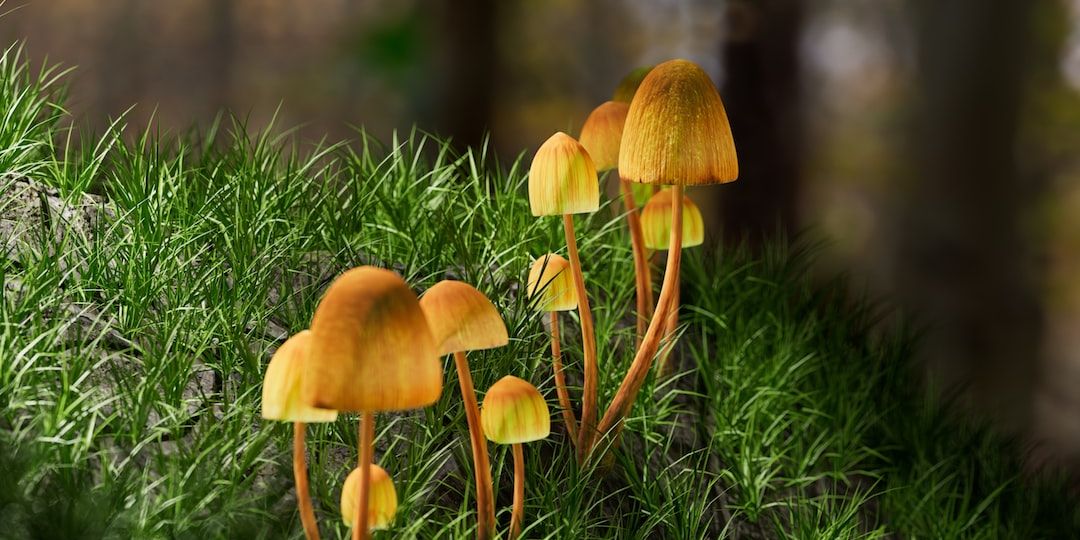
Understanding Hallucinogens Addiction
Hallucinogens are a class of drugs that can profoundly alter an individual’s perception, thoughts, and feelings. These substances, such as LSD, psilocybin mushrooms, and DMT, can induce vivid visual hallucinations, distort time perception, and evoke spiritual or mystical experiences. However, the compulsive use of hallucinogens despite negative consequences is known as hallucinogens addiction. This condition can significantly impair daily functioning, strain relationships, and have detrimental effects on mental health and overall well-being.
Hallucinogens work by disrupting the normal functioning of the brain’s serotonin system, which is involved in mood regulation and sensory perception. They bind to serotonin receptors and alter the release and reuptake of serotonin, leading to changes in perception, mood, and cognition. The effects of hallucinogens can vary depending on the specific substance used, the dose, and the individual’s mindset and environment. Some individuals may have pleasurable experiences and gain insights from hallucinogen use, while others may experience terrifying hallucinations and intense anxiety.
It is important to note that not everyone who uses hallucinogens will develop an addiction. However, repeated use of these substances can lead to tolerance, where higher doses are needed to achieve the desired effects, and dependence, where the individual experiences withdrawal symptoms when they stop using the drug. Factors such as genetic predisposition, environmental influences, and co-occurring mental health disorders can increase the risk of developing hallucinogens addiction.
Types of Hallucinogens
There are several types of hallucinogens, each with its unique properties and effects on the brain. LSD, a potent hallucinogen, alters users’ perception, thoughts, and mood. It is usually taken orally and can produce effects that last for up to 12 hours. LSD is known for its ability to induce profound visual hallucinations, distortions in time perception, and a sense of interconnectedness with the universe.
Psilocybin mushrooms, commonly referred to as magic mushrooms, contain psilocybin, a naturally occurring hallucinogenic compound. When ingested, psilocybin is converted into psilocin, which activates serotonin receptors in the brain. The effects of psilocybin mushrooms can include visual hallucinations, changes in mood, and a sense of unity with one’s surroundings. The duration of these effects can vary but is typically between 4 to 6 hours.
DMT, found in various plants and synthesized within the human body, is another powerful hallucinogen. It is often consumed by smoking or vaporizing, and its effects are usually intense but short-lived, lasting only 10 to 30 minutes. DMT is known for producing vivid visual hallucinations and profound spiritual experiences. It is often referred to as the “spirit molecule” due to its reported ability to facilitate mystical and transcendent experiences.
Other examples of hallucinogens include mescaline, derived from the peyote cactus, and salvia divinorum, a plant with potent hallucinogenic properties. Mescaline produces similar effects to LSD, such as visual hallucinations and changes in perception, but with a shorter duration of action. Salvia divinorum is known for its intense hallucinogenic effects, which can include out-of-body experiences and a loss of contact with reality. The effects of salvia divinorum are relatively short-lived, lasting only a few minutes.
Each type of hallucinogen has its own unique effects and potential risks. Understanding these differences is important for both prevention and treatment of hallucinogens addiction.

